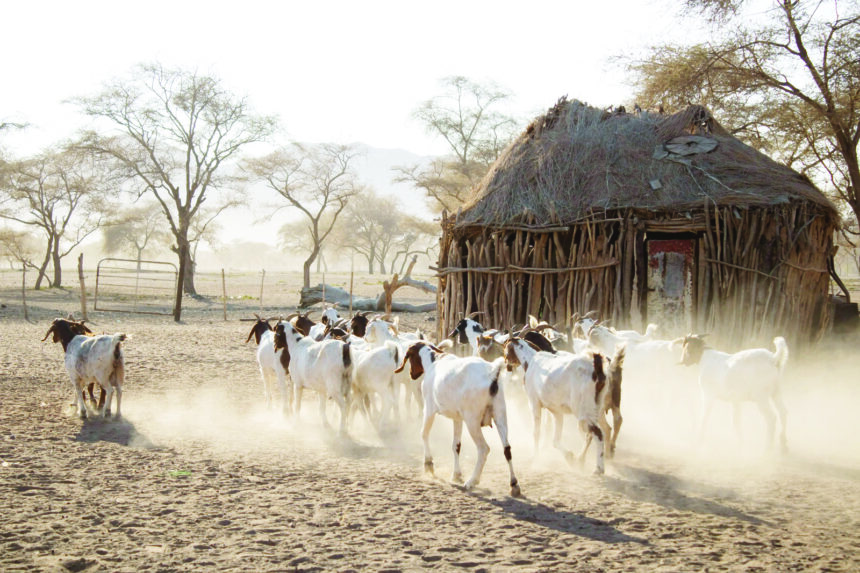In its continuous effort to boost the productivity of communal farmers and create ample grazing space, the government recently acquired four farms in the Erongo, Omaheke and Otjozondjupa regions.
The four farms, which have a combined size of 31 056.1198 hectares, will greatly expand the communal land boundaries of Otjimbingwe in the Erongo region, Aminuis in Omaheke, and Ovitoto in Otjozondjupa.
Acquired through the ministry of agriculture and land reform, Okongava No. 72, measuring 15 160.19 hectares.
It will be added to the Otjimbingwe communal area.
Farm Osema No. 63, measuring 5 374.39 hectares, will be added to the Ovitoto communal land boundaries.
Farm Gusinde No. 197, measuring 3 753.93 hectares, will also be added to the Ovitoto communal area.
Farm Alpha No. 628, measuring 6 767.6098 hectares, will now be part of the Aminuis communal area.
The farms were acquired at a combined cost of N$70 million.
Land reform minister Calle Schlettwein said the continuous acquisition of farms by government is aimed at easing pressure on the limited grazing space, and boosting the productivity of farmers.
In addition, it is geared towards improving the general living standards of communal farmers.
“Slightly more than half of Namibia’s national cattle herd is kept by farmers living on communal land. That is why you will agree with me that the grazing area in communal land needs to be managed sustainably and consequently.
“Where congestion and overgrazing are evident, measures to decongest by enlarging such communal areas is required. Government has expanded communal areas before as a means of a restorative measure by giving land to Namibians, and relief grazing pressure on communal areas,” he stated.
He added: “The expansion of communal areas is in line with the first and second national land conference resolutions. It noted that communal areas sustain a great majority of Namibian farmers, especially subsistence farmers. The said conferences therefore concluded that communal areas be retained, developed and expanded.
“This was due to the fact that the majority of the Namibian people live in overcrowded communal areas with limited grazing areas. The traditional authorities will play a huge role by allocating the land to the people, and ensuring the land is utilised for the intended purposes within the allowable carrying capacity”.
Expropriation of land without compensation and unfair acquisition of land characterised the pre-independence history of Namibia.
As such, expropriation facilitated the concentration of large tracks of fertile land in the hands of a small section of the population.
Tenure systems
Three types of formal land tenure systems are applicable in Namibia – freehold ownership, customary and leasehold.
Freehold ownership is often subject to the approval of the central government, or the local authority in that area.
However, the rights to the land are normally secure.
It can be inherited, bought and sold on the open market.
Meanwhile, customary tenure is applicable only to traditional rights that have been registered, as opposed to surveyed parcels of land in communal areas.
The formal registration of these rights began with the promulgation of the Communal Land Reform Act.
Tenure over large areas of communal land is, however, insecure.
Other than private lease agreements between a lessee and lessor, most leaseholds apply to parcels of communal land used for commercial purposes.
They comprise large farms in communal areas that are owned by private individuals, often together with relatives.
The government has offered or awarded leaseholds to some of these farms, but tenure is not registered for most of them yet.
Presently, these farms may not be inherited, which limits their investment value.
They may not be traded, although there is a growing informal market for this in communal areas.
-ohembapu@nepc.com.na


